How to Choose the Right Cricket Ball: Types and Considerations
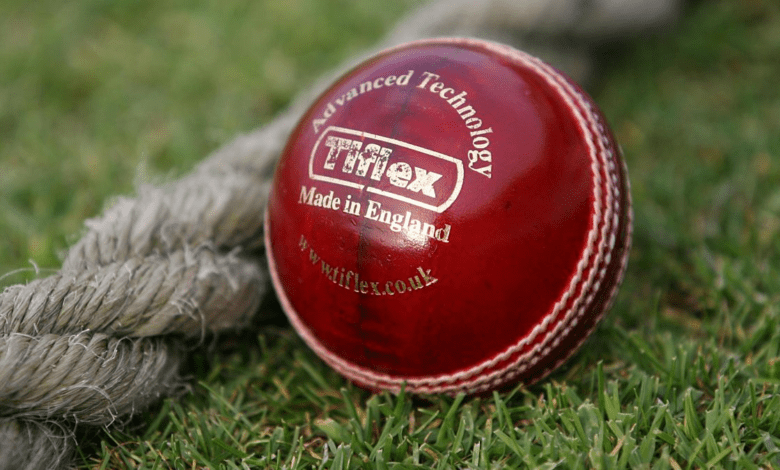
Choosing the right cricket ball is essential for a successful game. Whether you’re a professional cricketer or a casual player, understanding the different types of cricket balls and their characteristics will help you make an informed decision. In this article, we’ll guide you through the types of cricket balls available and the key considerations when choosing the right one.
1. Understand the Types of Cricket Balls- Right Cricket Ball
Cricket balls come in various types, each designed for specific formats of the game. The three main types are:
- Red Leather Ball: Used in Test matches and first-class cricket, the red leather ball is the traditional choice. It is made of four pieces of leather stitched together and features a hard cork center covered by tightly wound string. The red color allows better visibility during longer matches.
- White Leather Ball: Used in limited-overs cricket, particularly in One-Day Internationals (ODIs) and Twenty20 (T20) matches. The white leather ball is similar in construction to the red ball but has a white color for improved visibility under floodlights.
- Pink Ball: Used in day-night Test matches, the pink ball is designed to provide better visibility in low-light conditions. It has a similar construction to the red ball but is dyed pink to maintain its visibility under floodlights.
2. Consider the Quality and Grade
Cricket balls vary in terms of quality and grade. The quality of a ball is determined by factors such as the craftsmanship, materials used, and adherence to standards set by cricket governing bodies. The grade of a ball indicates its performance characteristics and durability. Grades range from A+ (highest quality) to C (lower quality). Consider your playing level, budget, and requirements when selecting the quality and grade of the ball.
3. Assess the Ball’s Hardness
The hardness of a cricket ball affects its bounce and durability. Test the hardness of a ball by pressing it gently with your thumb. A good cricket ball should have a firm and consistent feel. Avoid balls that feel too hard or too soft, as they may not provide the desired performance and durability.
4. Determine the Ball’s Seam and Stitching
When choosing a cricket ball, it’s crucial to assess the seam and stitching, as they play a significant role in the ball’s performance. Here’s why determining the ball’s seam and stitching is important:
- Grip and Movement: The seam of a cricket ball helps the bowler achieve grip and control over the ball. A well-defined and raised seam allows the bowler to apply spin or generate swing, resulting in movement through the air or off the pitch. A prominent seam provides better opportunities for bowlers to create variation and challenge the batsman.
- Visibility: The seam also aids in the visibility of the ball for both the batsman and fielders. It helps them track the ball’s trajectory and make better judgments while batting or fielding. A clear and distinct seam allows for improved visibility, particularly in challenging light conditions or when the ball gets scuffed or discolored during play.
- Seam Positioning: Examining the seam can give insights into how the ball was manufactured and positioned. A well-stitched ball with an even seam indicates good craftsmanship, ensuring the ball maintains its shape and integrity during intense gameplay. Consistent stitching and a centered seam contribute to the ball’s balance and flight characteristics.
- Durability: The quality of the stitching is crucial for the ball’s durability. Well-executed stitching ensures that the ball’s leather cover remains intact and prevents the ball from coming apart easily. Strong and tightly stitched seams make the ball more resistant to wear and tear, allowing it to last longer and retain its shape and performance over multiple games.
- Safety: Properly stitched seams reduce the risk of the ball splitting or opening up during play, which can be dangerous for both the players and the game. Balls with loose or uneven stitching can quickly deteriorate and pose safety hazards due to the potential for the ball to come apart unexpectedly.
5. Check for Water Resistance
Cricket is often played in varying weather conditions, and the ball’s water resistance is important for maintaining its shape and performance. Look for balls with a water-resistant coating or treatment, as they will be more durable and less affected by moisture during the game.
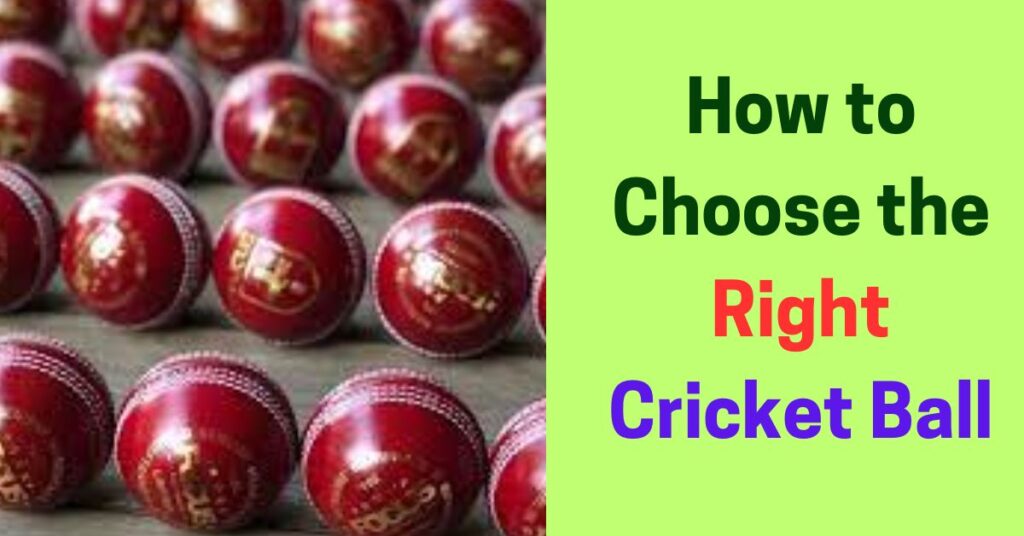
6. Consider the Ball’s Durability
Cricket balls undergo significant wear and tear during a match. Assess the durability of the ball by examining the quality of the leather, seam, and stitching. Opt for balls made from high-quality leather that can withstand repeated impacts without losing shape or deteriorating quickly.
7. Seek Recommendations and Reviews
Seeking recommendations and reviews from experienced players, coaches, and cricket equipment specialists is a valuable step when choosing a cricket ball. Here’s why:
- Expert Knowledge: Experienced players and coaches have firsthand knowledge of different cricket balls and their performance characteristics. They can provide insights based on their extensive experience and help you understand which balls are well-suited for specific playing conditions, formats, and skill levels.
- Personal Experience: Players who have used different cricket balls can share their personal experiences and opinions. They can provide feedback on factors such as durability, bounce, seam movement, grip on the pitch, and overall performance. Their input can help you make an informed decision based on real-world experiences.
- Quality Assessment: Cricket equipment specialists are well-versed in assessing the quality and performance of cricket balls. They have a deep understanding of the materials, construction, and manufacturing processes involved. Their expertise can guide you in selecting balls that are well-crafted, durable, and offer good value for your investment.
- Variety of Perspectives: Gathering recommendations and reviews from a range of sources allows you to consider multiple perspectives. Different players may have different preferences based on their playing style, pitch conditions, and personal preferences. By considering a variety of opinions, you can gain a broader understanding of the available options and make a more well-rounded decision.
- Avoiding Pitfalls: Recommendations and reviews can help you avoid potential pitfalls and make more informed choices. They can alert you to any known issues or limitations with certain ball brands or types. Learning from others’ experiences can save you time, money, and frustration by steering you away from balls that may not meet your expectations.
8. Stay Within Your Budget- Right Cricket Ball
When choosing a cricket ball, it’s important to consider your budget and stay within your financial means. Here’s why:
- Affordability: Cricket balls are available at various price points, ranging from budget-friendly options to higher-end, premium balls. Setting a budget helps you narrow down your options and focus on balls that are within your affordability range.
- Value for Money: Sticking to your budget allows you to find a cricket ball that offers good value for your investment. While it can be tempting to go for the most expensive option, it’s not always necessary. Many mid-range balls provide excellent performance and durability for recreational or lower-level cricket.
- Personal Requirements: Your budget also depends on your playing level and requirements. If you’re a casual player or playing at a beginner level, there may be no need to spend a significant amount on a professional-grade ball. Assess your playing frequency and level to determine a suitable budget that meets your specific needs.
- Other Expenses: Keep in mind that cricket equipment involves more than just the ball. There are other essential items such as bats, protective gear, and clothing to consider. Allocating a portion of your budget for these items ensures you can adequately cover all necessary cricket equipment without overspending on any single item.
- Price-Quality Balance: While it’s essential to consider your budget, it’s equally important to strike a balance between price and quality. Cheaper balls may compromise on performance, durability, or other crucial factors. It’s worth investing in a ball that offers a reasonable level of quality and durability while still fitting within your budget.
- Sales and Discounts: Keep an eye out for sales, promotions, and discounts on cricket balls. Sporting goods stores and online retailers often offer discounted prices during certain periods or clearance sales. Utilizing these opportunities can allow you to purchase a higher-quality ball at a more affordable price.
Remember that while your budget is important, it shouldn’t be the sole determining factor. Consider the quality, durability, and performance characteristics of the ball alongside your budget to make an informed decision. With careful consideration, you can find a cricket ball that meets your requirements without straining your finances.
Conclusion
Choosing the right cricket ball is essential for a satisfying and enjoyable cricketing experience. Consider the type of cricket you play, the quality and grade of the ball, its hardness, seam and stitching, water resistance, and durability. Seek recommendations and reviews from experienced players, and stay within your budget. By taking these factors into account, you’ll be equipped to select a cricket ball that suits your needs and enhances your performance on the pitch.
Also Read
How to Bet Responsibly on IPL Matches
How to Select the Right Cricket Bat: Size, Weight, and Material Guide

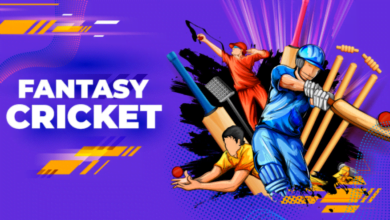
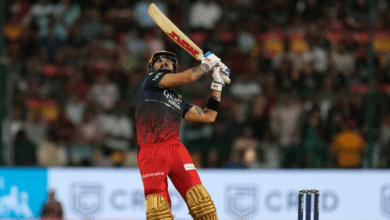


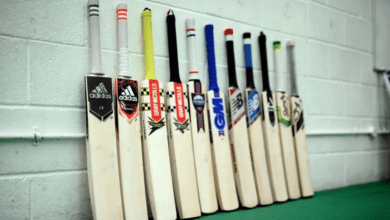
2 Comments